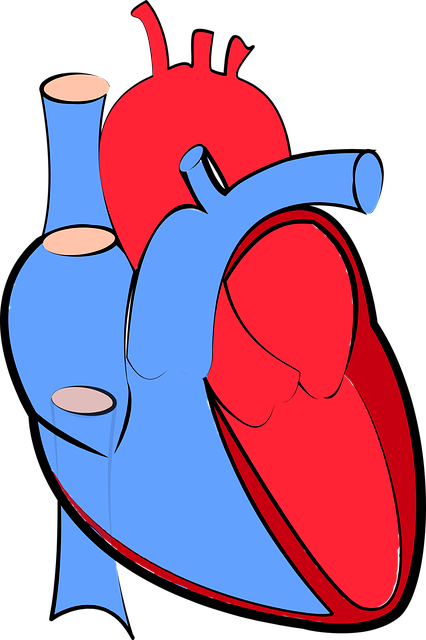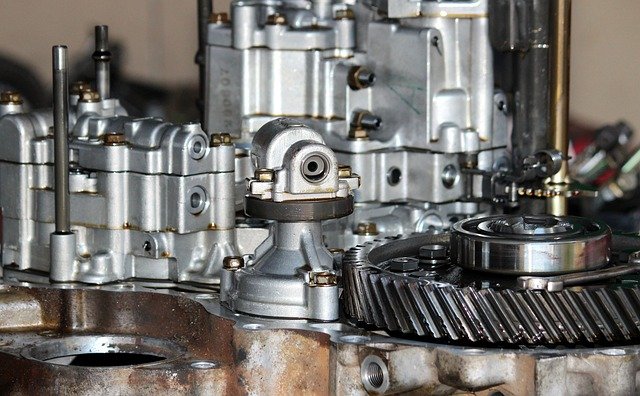The Blood Circulatory System: A Lifeline of the Body
The blood circulatory system, also known as the cardiovascular system, is essential for maintaining life in humans and animals. It is a complex network of blood vessels and the heart, which work together to transport oxygen, nutrients, hormones, and waste products throughout the body. This system plays a critical role in keeping our organs functioning, fighting infections, healing wounds, and maintaining homeostasis. Here, we’ll explore the components, functions, and importance of this life-sustaining system.
Components of the Circulatory System
The circulatory system is made up of three main components:
- Heart: The heart is a muscular organ that pumps blood throughout the body. It acts as the central control of the circulatory system, pushing oxygenated blood out to the body through a series of rhythmic contractions and drawing deoxygenated blood back to be re-oxygenated.
- Blood Vessels: Blood vessels are the network of tubes through which blood flows. There are three main types:
- Arteries: These blood vessels carry oxygen-rich blood away from the heart to various tissues. The aorta is the largest artery, directly connected to the heart.
- Veins: Veins carry deoxygenated blood back to the heart. The veins have thinner walls than arteries and often contain valves to prevent backflow of blood.
- Capillaries: Capillaries are small, thin blood vessels that connect arteries and veins. They are the site of exchange between blood and tissues, where oxygen and nutrients pass into cells, and carbon dioxide and waste products are collected.
- Blood: Blood is the fluid that circulates through the heart, arteries, veins, and capillaries. It consists of:
- Red Blood Cells: Transport oxygen from the lungs to tissues and remove carbon dioxide.
- White Blood Cells: Play a crucial role in immunity by fighting infections.
- Platelets: Aid in blood clotting, helping prevent excessive bleeding.
- Plasma: The liquid component of blood, which transports hormones, nutrients, and waste products.
How the Circulatory System Works
The circulatory system operates in two main circuits: the pulmonary and systemic circuits.
- Pulmonary Circulation: This circuit involves the movement of blood between the heart and lungs. Deoxygenated blood is pumped from the heart to the lungs through the pulmonary arteries, where it picks up oxygen and releases carbon dioxide. The oxygenated blood then returns to the heart via the pulmonary veins, ready to be pumped to the rest of the body.
- Systemic Circulation: This circuit is responsible for delivering oxygenated blood from the heart to the entire body and bringing deoxygenated blood back. Oxygen-rich blood leaves the left side of the heart through the aorta and travels through arteries to various tissues and organs. After oxygen is delivered and waste products are collected, the deoxygenated blood returns to the right side of the heart via veins, completing the cycle.
Key Functions of the Circulatory System
The circulatory system performs several vital functions:
- Transportation: The primary function is to transport oxygen, nutrients, hormones, and enzymes to cells and tissues while removing carbon dioxide and metabolic waste.
- Regulation of Body Temperature: Blood circulation helps distribute heat evenly throughout the body, which helps regulate body temperature. When we are overheated, blood vessels near the skin surface widen to release heat.
- Protection: The circulatory system supports immune function by transporting white blood cells to areas of infection or injury. It also transports platelets to sites of injury to help clot blood, preventing excessive blood loss.
- Maintaining pH Balance: Blood helps regulate pH levels and electrolyte balance, essential for cellular function and overall homeostasis.
Disorders of the Circulatory System
A properly functioning circulatory system is essential for good health. However, various conditions can disrupt its functioning:
- Atherosclerosis: The buildup of fatty deposits in the arteries, which can restrict blood flow and lead to heart disease or stroke.
- Hypertension (High Blood Pressure): Increased pressure in blood vessels can damage artery walls and lead to heart failure.
- Coronary Artery Disease: Narrowing or blockage of the coronary arteries can lead to chest pain (angina) or heart attack.
- Heart Failure: When the heart cannot pump effectively, leading to fatigue, shortness of breath, and fluid retention.
- Anemia: A deficiency of red blood cells or hemoglobin, reducing the blood’s ability to carry oxygen.
The Importance of a Healthy Circulatory System
Maintaining a healthy circulatory system is essential for overall well-being. Regular exercise, a balanced diet low in saturated fats, and avoiding smoking are important steps to keep the system functioning optimally. Keeping blood pressure and cholesterol within healthy ranges is also critical in preventing circulatory diseases.
In summary, the blood circulatory system is the body’s lifeline. By ensuring the constant movement of blood, it allows all organs to receive the nutrients they need while removing waste products. A deeper understanding of this vital system not only highlights its incredible complexity but also emphasizes the importance of maintaining cardiovascular health for a long, healthy life.



